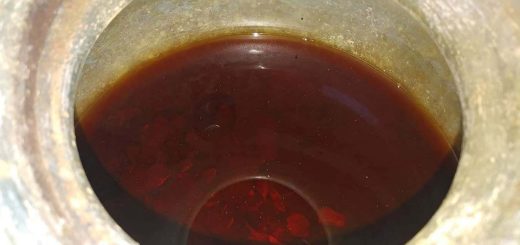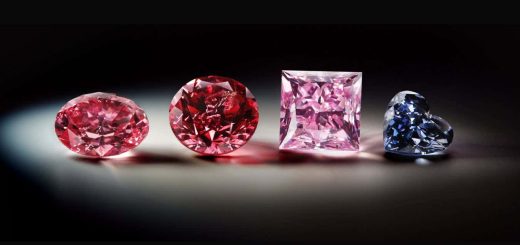Grand canyons formed on moon in minutes after colossal asteroid strike
Two canyons that splay out from a vast asteroid crater on the moon may have been quickly formed by chains of impacts that followed the initial one
By Matthew Sparkes
4 February 2025
A view of two large canyons on the moon radiating from the Schrödinger basin
NASASVSErnie T. Wright
A vast impact crater near the moon’s south pole was formed by an asteroid moving at more than a kilometre a second, releasing energy when it struck equivalent to 130 times that of all the nuclear weapons in existence. Now, researchers say two unusually narrow and straight canyons that splay out from its centre were formed in less than 10 minutes by a chain of secondary debris impacts.
David Kring at the Lunar and Planetary Institute in Houston, Texas, has researched the 312-kilometre-wide Schrödinger crater for 15 years. Part of that was to develop possible landing sites for NASA’s Constellation programme – which sought to return people to the moon but was ended in 2009. The canyons radiating from it have long fascinated him.
“They’re basically hidden, in some sense mysterious, because they’re on the far side [of the moon],” says Kring. “And so they’re commonly overlooked.”
Advertisement
Read more
Do we create space-time? A new perspective on the fabric of reality
To learn more, Kring and his colleagues have now used computer models to investigate the origin of two canyons, or “rays”, that extend northwards from the crater. One is Vallis Schrödinger, which is 270 kilometres long and 2.7 km deep, while the second, Vallis Planck, is 280 km long and 3.5 km deep. For comparison, the Grand Canyon in Arizona is 446 km long and up to 1.9 km deep.
But while that was carved by water over millions of years, the lunar canyons are clear, straight grooves formed by vast impact forces in less than 10 minutes, says Kring. The dramatic asteroid strike would have spread dust and rubble over the whole of the moon’s surface, but also into space and onto Earth.


